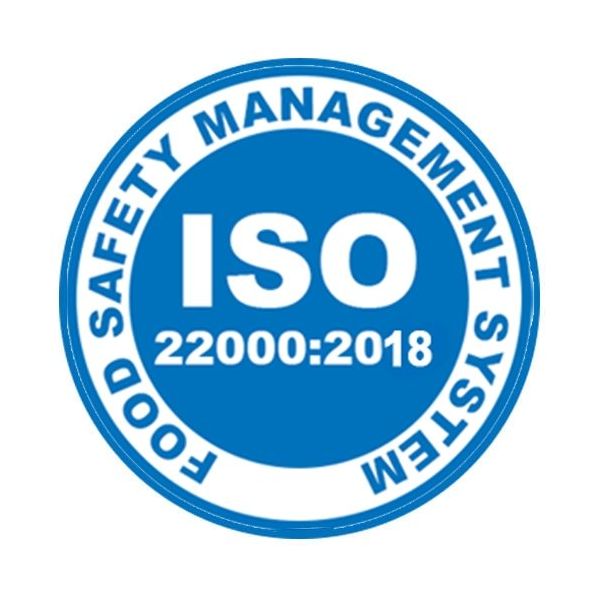GENERAL REQUIREMENTS
ISO 22000 requires that organization to build a Food Safety Management System and implemented fully throughout the facility which includes,
Effective Prerequisite Programs in place to ensure a clean sanitary environment
A Hazard Analysis and Critical Control Plan developed to identify, prevent and eliminate food safety hazards,
Established documented food safety management system processes to manage food safety throughout your organization - from management and business planning aspects to day to day communication and operations affecting food safety.
Interactive communication
Comply with applicable statutory and regulatory food safety Requirements.
To evaluate and assess the needs of customers and show that it conforms to the mutually agreed upon customer needs relating to food safety, which aims to improve customer satisfaction.
To effectively communicate food safety issues to their suppliers, customers and relevant interested parties throughout the food supply chain.
To make sure that the organization complies with its stated food safety policy and effectively shows this.
To seek certification or registration of its Food Safety Management System by an external organization, or make a self-assessment or self-declaration of conformity to ISO 22000:2018.
DOCUMENTATION REQUIREMENTS
The food safety management system documentation includes the list as below:
Food safety policy and objectives
Planning and designing a management system
Maintaining records of the performance of the system.
Establishing a group of qualified individuals to make up a Food Safety Team.
Defining communication procedures to ensure effective communication with important contacts outside the company (regulatory, customers, suppliers and others) and for effective internal communication.
An emergency plan.
Holding management review meetings to evaluate the performance of the FSMS.
Providing adequate resources for the effective operation of the FSMS including appropriately trained and qualified personnel, sufficient infrastructure and appropriate work environment to ensure food safety.
Implementing Prerequisite Programs.
Following HACCP principles.
Establishing a traceability system for identification of product.
Establishing a corrective action system and control of nonconforming product.
Maintaining a documented procedure for handling withdrawal of product.
Controlling monitoring and measuring devices.
Establishing and maintaining and internal audit program.
Continually updating and improving the FSMS.


